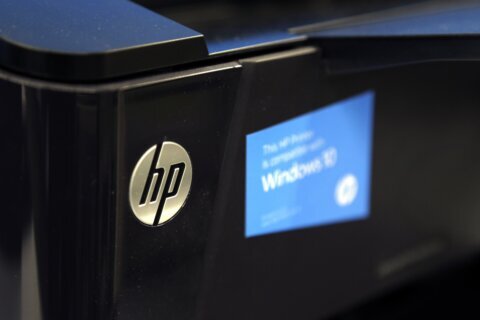Q: How can I tell if my Android smartphone can be used for mobile payments and is it safe?
A: There are good reasons to consider using the mobile payment systems that most of today’s smartphones support, ranging from convenience to security.
The key feature that your smartphone must have is something called Near-Field Communication (NFC), which is a very short-range wireless communication standard.
Unlike other wireless technologies such as Wi-Fi and Bluetooth, the range of NFC is typically 4 cm or less, which is a great security enhancement and why you need to get your smartphone close to a purchasing terminal.
If you’re not sure if your smartphone supports NFC, the easiest way to check is to go to your Settings menu and type NFC in the search bar.
If nothing shows up, you don’t have NFC. If the settings do show up, you’ll want to make sure it’s enabled before downloading and setting up a digital wallet app.
Payment platforms
Google and Samsung both offer Android wallet apps for making mobile payments, but Samsung’s payment system only works on their compatible phones.
Even if you currently have a Samsung device, it may be advantageous to opt for Google’s wallet app since it will work with any type of Android device down the road.
To set up the app, you’ll need to add a credit or debit card that will ultimately be charged when you use the app.
Advantages over credit cards
Mobile payment apps have numerous benefits over handing a credit card to a retailer for your purchases.
The first is that it will “tokenize” each purchase and shield your credit card number from ever being exposed during the transaction. The token is only good for that one purchase, so even if it’s stolen, it’s not of much value to a thief.
This “touch to pay” procedure prevents nefarious individuals from being able to use card skimmers or other scams with your physical card.
It also eliminates having to pull out your wallet or open your purse to make a purchase, adding to the convenience.
Biometric authentication
Another important benefit is that the biometric security built into your smartphone will prevent others from being able to use it, even if a thief gets your smartphone unlocked.
Just make sure you enable the setting that requires biometric authentication for each purchase.
Remote controls
If you’re concerned about what would happen if your smartphone got lost or stolen, this is where the advantages over a lost physical wallet become very clear.
Think about the time and effort required to cancel every card that you carry in your wallet or purse – with a mobile payment system, you simply log in from any Internet terminal in the world and disable the wallet instantly.
Unlike a lost wallet, your smartphone can also be tracked, locked or erased remotely should it go missing.
Caveats
It’s kind of obvious, but if your phone’s battery dies or isn’t functioning properly, you’ll be unable to make a purchase using it. Another challenge is that not all merchants accept mobile payments yet, although this is likely to improve over time.
There will come a time when having a physical wallet won’t ever be necessary, but we’re not there just yet.
Ken Colburn is founder and CEO of Data Doctors Computer Services. Ask any tech question on Facebook or Twitter.







